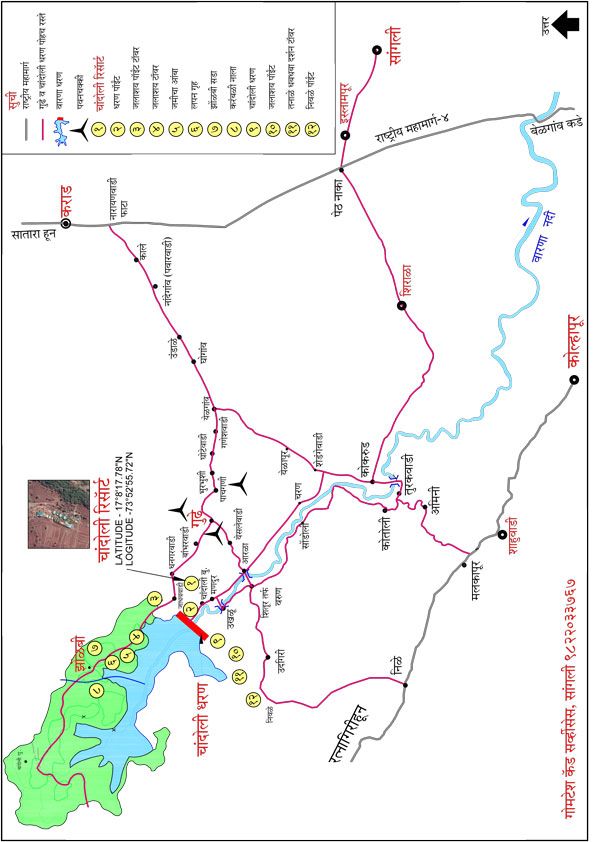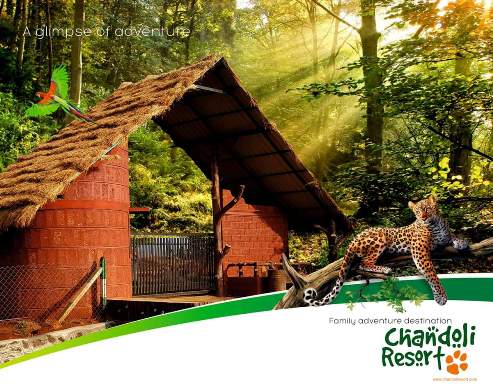CHANDOLI
Chandoli National Park is a beautiful place, located in the Sangli & near to Satara, Kolhapur, and Ratnagiri districts of the state of Maharashtra. The park spreads along the crest of the Sahyadri Range of the northern Western Ghats. It forms and protects many perennial water channels, water holes, and the Vasant Sagar Reservoir. It was declared as a National Park in the year of 2004. The total area of the park is 317.67 Km2. Chandoli National Park has initially declared a wildlife sanctuary in the year of 1985. Sahyadri Tiger Reserve, including all of Chandoli National Park and Koyna Wildlife Sanctuary, was declared by The National Tiger Conservation Authority as a Project Tiger, Tiger Reserve on May 21, 2007. The diversified vegetation found here makes it as an ideal habitat for different species of mammals, reptiles, and birds. The park has been declared a World Heritage Centre by UNESCO. The Chandoli National Park in Maharashtra is a major stop in the itinerary of Maharashtra wildlife tours. Scenic places like Kandhardoh and Kandhardoh Falls, Tanali falls, Chandoli Dam and Vasant Sagar Reservoir, Kokna darshan, Zolambi sada and the forest of Rundiv add to the recreation value.
The historical places of the park include the 17th-century Prachitgad and Bhairavgad forts of the Maratha kings Shivaji Maharaj and his son Sambhaji Maharaj, ruins of the Bhavani temples, Palatial buildings in Prachitigad and Kalavantinwhich which all depict the ancient glory of the Maratha Empire. Most of the protected area was used as an open jail for the ‘prisoners of war’ of the early Imperial Maratha Conquests during Shivaji Maharaj’s rule. The sprawling vegetation in the national park makes it an ideal habitat for a wide species of mammals, reptiles, and birds. A number of conservation programs are being taken to conserve the flora and fauna in Chandoli National Park. The local tourism department, the government, as well as various wildlife agencies, undertake conservation works. The wildlife includes Tigers, Gaurs, Deer, Leopard cats, Panthers, Sloth bears, Barking deer, Mouse deer etc. Around 123 species of birds are also found in the forest. The park receives its water supply from the Warna river and reservoir as well as several other small streams and rivers.
Flat-topped mountains, rocky, lateritic plateaus called ‘Saddas’, almost devoid of vegetation, large boulders and caves are distinctive to the protected areas in the Sahyadri region of the Western Ghats. Camping and trekking are the major adventures in the core of the Chandoli forest.
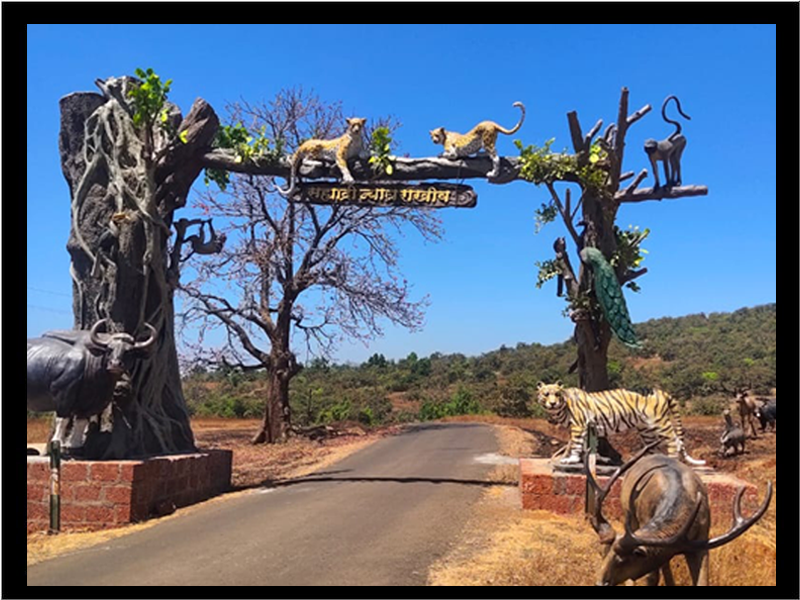
CHANDOLI
Geography
Chandoli National Park is located in the Sangli, Satara, Kolhapur, and Ratnagiri districts of the state of Maharashtra. The park spreads along the crest of the Sahyadri Range of the northern Western Ghats. It forms and protects many perennial water channels, water holes, and the Vasant Sagar Reservoir. Sahyadri Tiger Reserve, including all of Chandoli National Park and Koyna Wildlife Sanctuary, was declared by The National Tiger Conservation Authority as a Project Tiger, Tiger Reserve. The park receives its water supply from the Warna River and reservoir as well as several other small streams and rivers. There are many streams and the major river that flows through the Park is Warna River. Flat-topped mountains, rocky, lateritic plateaus called ‘Saddas’, almost devoid of vegetation, large boulders and caves are distinctive to the protected areas in the Sahyadri region of the Western Ghats. This National Park has the natural protection by the way of a ridge formed by the Sahyadri, the Western Ghats. It is situated at Deccan Peninsular Central —–Division. The height of Chandoli National Park is 1900 to 3300 ft. from Sea- Level. The height of Sahyadri Mountain range is about 2100 to 4300 ft. approximately. Elevation of the park ranges from 589–1,044 meters above mean sea level. Longitudes 73°40′ and 73°53′ E Latitudes 17°03′ and 17°20’N
Dominant
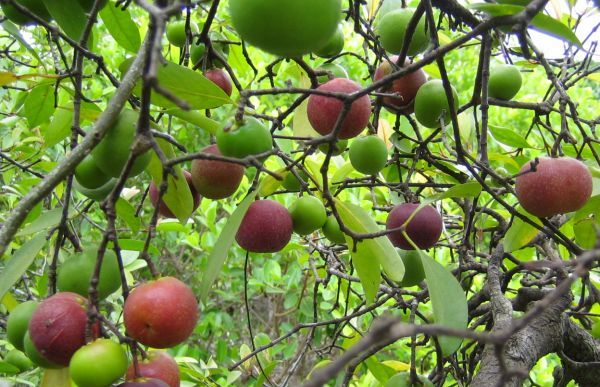

Trees :- Anjani ironwood tree, Jamun, Pisa, Fig, Olea, Spinous kino tree, Nana, Kinjal, Kokum tree, Phanasi false kelat, Asan wood, Amla, Devil fig, Harra, False kelat, Indian laurel, Gooseberry, Devil fig etc.
Grasses :- Bangal, Dongari, Black spear grass, Kalikusli, Anjan grass, Grader grass, Saphet-kusli, Bluestem grass, Golden beard grass, Tangle grass, Buffalo grass, kangaroo grass etc.
Medicinal plants and Shrubs :– Karvand, Ranmiri, Tamalpati, Toran, Kadipatta, Narkya etc.
Dominant
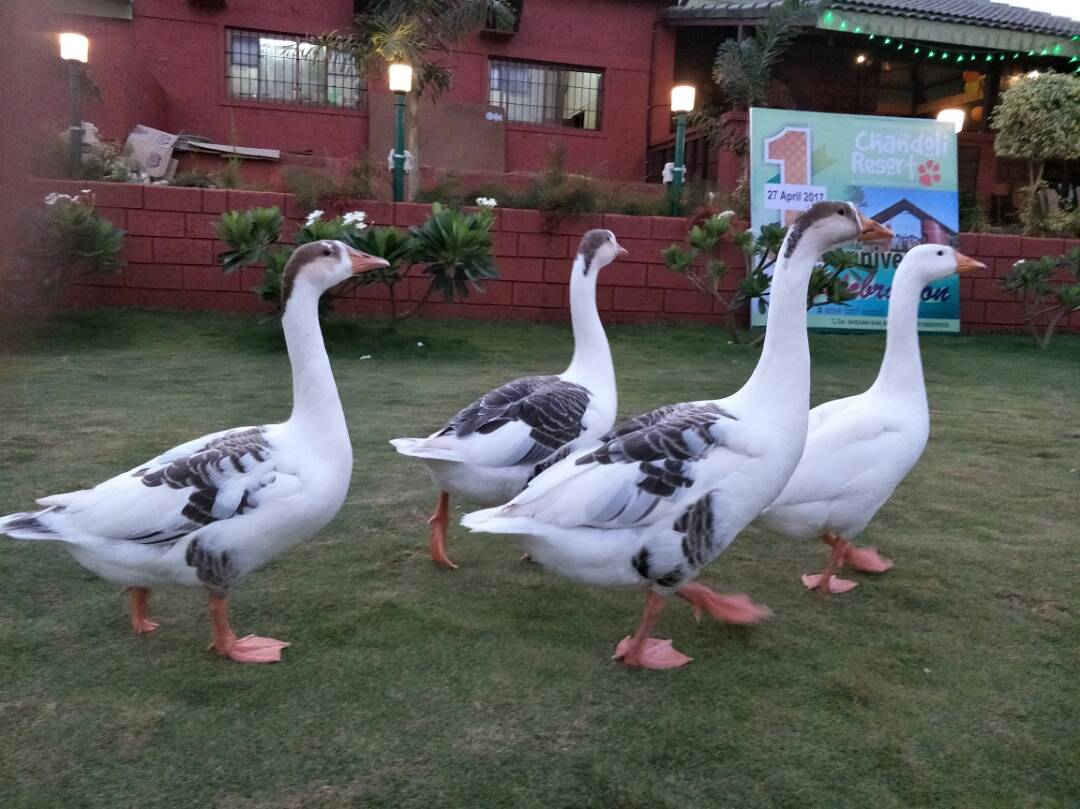
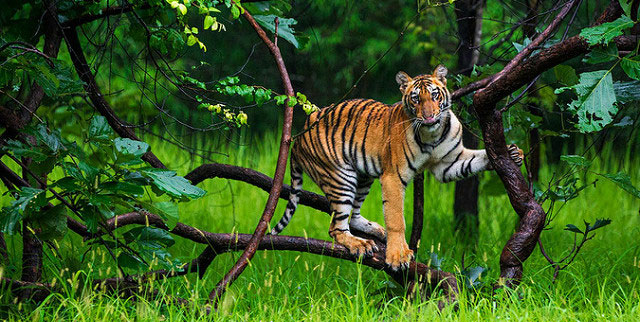
Mammals :– Tiger, Gaur, Panther, Sloth bear, Sambar, Barking deer, Giant Indian squirrel, Leopard cat, Mouse deer, Blackbucks etc.
Reptiles :– Calotes, Bark Gecko, Dwarf Gecko, Rock Gecko, Crocodile, Common Indian Monitor, Skink Snake, Common Cat Snake, Indian Python, Dhamen, Indian Cobra etc.
Birds :– Jungle Babbler, Common Babbler, Yellow-billed Babbler, Rufous Babbler, White-checked Barbet, Green Bee-eater, Erasion Black bird, Red-vented Bulbul, Crested Bunting, White-eyed Buzzard, Honey Buzzard, Common Stonechat, Laughing Dove, White-billed Drongo, Ashy-crowned Sparrow Lark, Pale-billed Flowerpecker, White-browed Fantail, Black-shouldered Kite, Black Kite, White-throated Kingfisher, Common Kingfisher, Black-throated Munia, Rose-ringed Parakeet, Rock Pigeon, Indian Peafowl, Crimson-backed Sunbird, Warblers etc.
